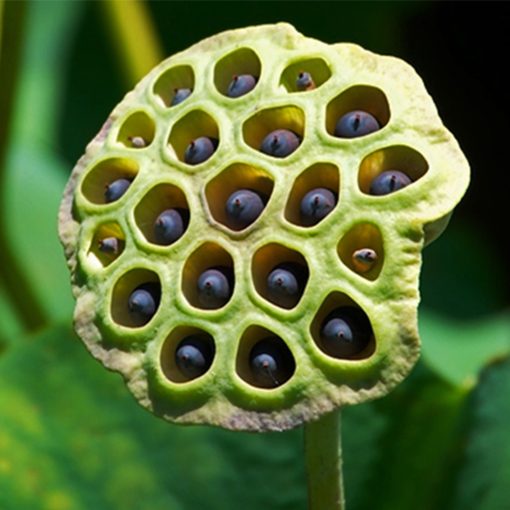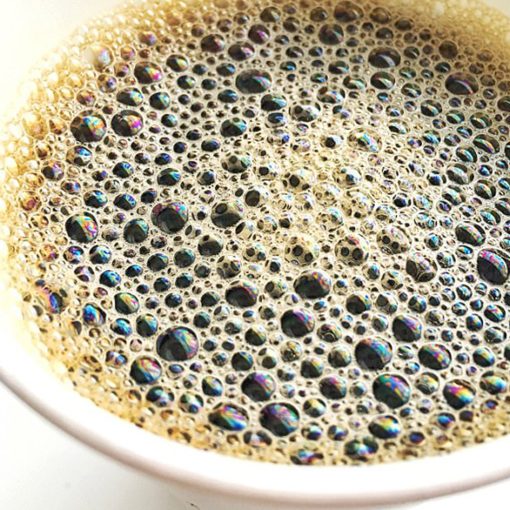Trypophobia, the fear or aversion to clustered holes, affects approximately 16% of the population. This unusual phobia is characterized by an intense, irrational reaction to images or objects featuring small, closely packed holes or bumps. While the condition is not officially recognized in diagnostic manuals, its impact on those who experience it is very real.

What is Trypophobia?
Trypophobia triggers a range of symptoms in individuals when they encounter specific patterns, such as honeycombs, lotus seed pods, coral, or even certain man-made objects like sponges and aerated chocolate. These triggers can cause feelings of discomfort, anxiety, nausea, and even full-blown panic attacks. The exact cause of trypophobia is still under investigation, but several theories aim to explain this phenomenon.
Psychological and Evolutionary Theories
1. Evolutionary Adaptation: Some researchers suggest that trypophobia may be an evolutionary response. Clusters of holes or bumps could resemble patterns found on dangerous animals (e.g., certain venomous snakes) or diseased skin. Thus, the aversion might have developed as a survival mechanism to avoid harm.
2. Disgust Sensitivity: Another theory posits that trypophobia is linked to an overactive disgust response. Clustered holes may unconsciously remind people of infections or parasites, triggering a strong aversion to protect against potential contamination or disease.
3. Visual Processing: Some scientists propose that the brain’s visual processing system may be involved. The specific patterns of clustered holes could be difficult for the brain to process efficiently, leading to feelings of discomfort and unease.

Symptoms of Trypophobia
The symptoms of trypophobia vary widely among individuals but can include:
– Intense feelings of disgust or fear
– Goosebumps or skin crawling
– Nausea or dizziness
– Rapid heartbeat or sweating
– Anxiety or panic attacks
Managing Trypophobia
There is no standardized treatment for trypophobia, but several strategies can help manage the symptoms:
– Gradual Exposure: Slowly exposing oneself to trypophobia triggers in a controlled manner can help desensitize the reaction over time.
– Cognitive Behavioral Therapy (CBT): CBT can assist individuals in changing their thought patterns and reactions to trypophobia triggers.
– Relaxation Techniques: Practices such as deep breathing, meditation, or progressive muscle relaxation can help reduce anxiety and manage physical symptoms.
– Avoidance: For some, simply avoiding known triggers can be an effective way to cope with the condition.
Conclusion
Trypophobia, while not formally classified as a mental disorder, affects a significant portion of the population and can cause considerable distress. Understanding its potential evolutionary roots, psychological basis, and effective management techniques can help those affected navigate and alleviate their symptoms. As research continues, greater awareness and more effective interventions may emerge, offering relief to those who experience this unusual and often misunderstood condition.



